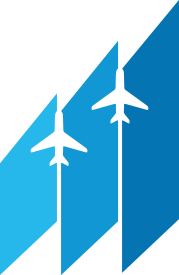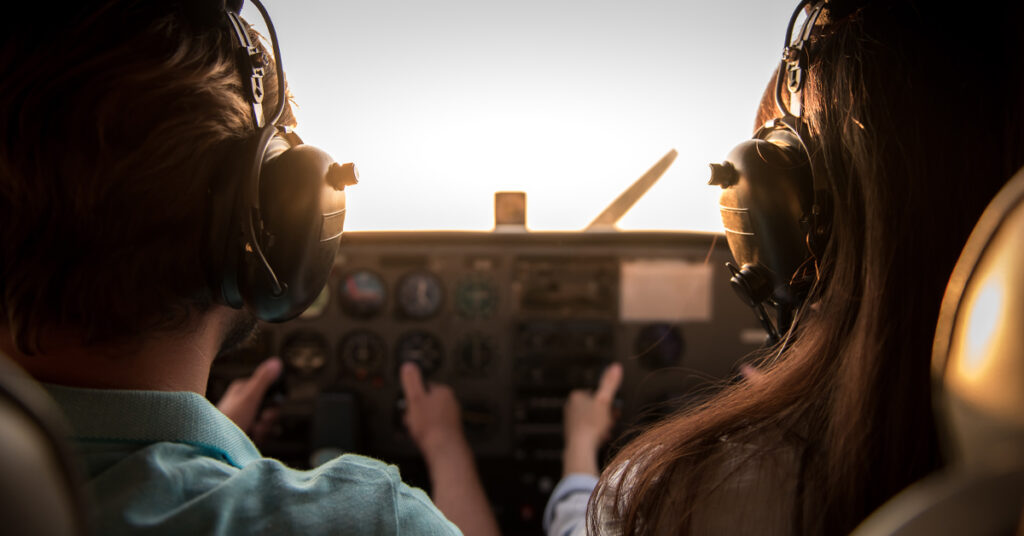Working toward your Private Pilot Certificate is an exciting journey and is a major accomplishment for any aviation enthusiast. We’ll go into greater detail about the training process in future posts (hour requirements, maneuvers, etc.), but one of the common questions we hear deals more with the costs associated with flight training.
Unfortunately, there is no standard pricing in the aviation industry. Still, there are some general guidelines and actions you can take to keep training costs to a minimum while maximizing your time in the cockpit.

Start with the Knowledge Test
Whether you are dead set on becoming a pilot or still gauging your interest, a great place to start is in preparing for the Private Pilot Knowledge Exam (otherwise known as the written test). This evaluation ensures that you understand the concepts, procedures, and regulations concerning flight, leaving you with a formal document detailing a passing score that you will need for your oral and practical exam.
Operating handbooks and aeronautical knowledge textbooks are available for free through the FAA, although you can purchase hard copies online. However, these are often dense and text-driven, and many opt to utilize online ground school courses. Both Sporty’s Pilot Shop and King Schools have their own “Learn to Fly” courses curated for the aspiring Private Pilot, typically coming in around the $300 range. Both of these options also provide you with the necessary endorsement required to take the formal knowledge exam upon receiving a passing grade on their own practice exams.
With your knowledge and endorsement ready, you can then work towards scheduling your assessment with a nearby testing center. Expect to pay up to $200 to take the exam, and don’t forget to bring what tools are allowed (see below for other incidental costs associated with training). We recommend being strategic in the timing of your knowledge exam as well. Formal test scores are valid for 24 months, so be sure that you will be in training and on your way to your oral/practical exam before making the commitment.
On a final note, this period is a great time to secure your 3rd Class Medical Certificate. We’re working on preparing a separate article on this topic for the near future, but exams can start at $100 and quickly work their way upward when visiting a designated Aviation Medical Examiner (AME).
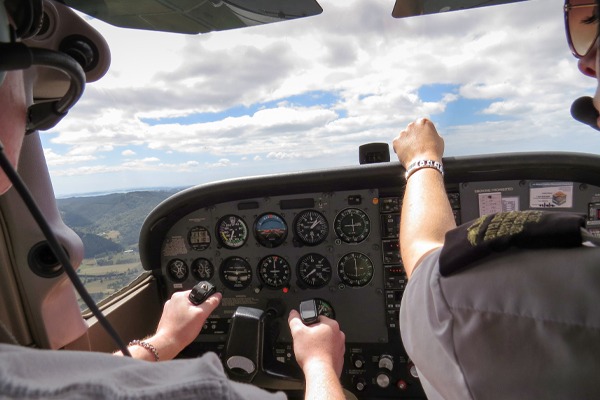
Finding an Instructor or Flight School
Having the knowledge exam out of the way will greatly help you in your training and in cutting costs. You’ll find that you will spend much less time doing ground school with your instructor, maximizing your time in the cockpit to develop essential skills and muscle memory. There are numerous routes you can take toward your flight training, but for the purposes of this guide, we are going to focus on individual flight instructors and flight schools.
Ask around your local general aviation airport to see if there is a flight instructor based there. Typically, they will charge between $50 and $100 per hour for instruction, with costs varying depending on location and experience level. If they operate as a stand-alone flight instructor, they will be operating under Part 61 rules, which has less oversight from the FAA but requires some additional training time. Many organized flight schools also operate under Part 61 regulations.
Part 141 flight schools lend themselves to greater scrutiny from the FAA, equating to an accreditation of sorts that allows for a reduction in required training hours. Hourly costs may be slightly higher as their facilities must meet stricter standards but can shave off five hours of the minimum flight time required for your Private Pilot Certificate and Instrument Rating. This is because Part 141 flight schools employ an approved, curriculum-based program approved by the FAA.
Finally, you will need to consider airplane rental costs. For a Cessna 172 (a staple in the flight training realm), you can expect to pay anywhere from $150-250 per hour “wet” (with fuel). Costs vary again depending on aircraft age, instrumentation, and other factors. Rental costs can be significantly higher if training in more modern aircraft like the Diamond DA40. Some students even go so far as to buy their own airplane to save on costs in the long run, but that is a discussion we may look to address in a future post.
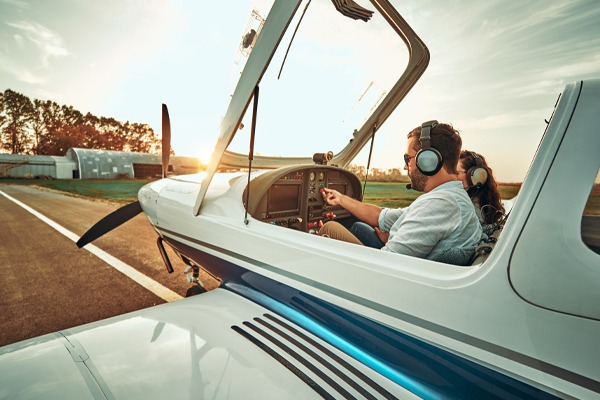
The Key to Cutting Costs
Regardless of whether you go through a Part 61 or 141 flight school or even purchase your own aircraft, the key to keeping flight training affordable can be summed up in two simple words: frequency and consistency.
Learning to pilot an aircraft is far from riding a bike. Prolonged periods out of the cockpit may lend themselves to repeating lessons and the need to relearn and internalize procedures. We recommend that our scholarship recipients train at least twice a week to maintain momentum and retain learned skills. Money will certainly dwindle at a faster rate, but the overall cost will be much less.
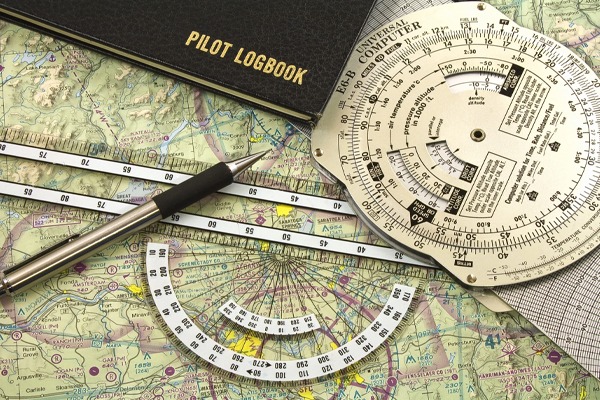
Your Check Ride & Other Incidentals
Covering the costs for study materials, instruction, and aircraft rental can be daunting, and there are still a few other costs to take into consideration. Student pilots will want to look into acquiring a few tools to aid them in their aviation career, from an E6B to sectional charts and plotters. While there are electronic/digital counterparts to each of these tools, the original analog pieces are often much cheaper and easier to come by. Just to provide an example, Sporty’s Electronic E6B Flight Computer comes in at around $80 while a manual, plastic composite calculator can be purchased for less than $20. At the same time, paper sectional charts used for navigation can be as cheap as $10, while apps like ForeFlight on the iPad come at a yearly subscription of $125 at the basic level.
Your flight school and instructor may provide many of these materials for use during training, but it would serve you well to source your own as you continue to progress toward your license. You may also want to consider purchasing your own headset – yet another topic we hope to address in future posts.
Up to your solo, your training will likely fall under the coverage of the instructor or flight school’s insurance provider (be sure to consult with them to be sure). However, once you are ready to solo and any time from there forward in which you are the primary or sole operator of the aircraft, you will want to protect yourself with at least a basic level of renter’s insurance. Cost depends on several factors (aircraft type, hours of training, level of coverage), but we have seen basic coverage starting at around $100 per year.
When it finally comes time to take your final oral/practical exam, expect to pay a substantial fee for your Designated Pilot Examiner (DPE). Like instruction and rental costs, there is no set standard when it comes to the cost of your examiner’s time. Still, we would anticipate anywhere between $750 and $1,500.
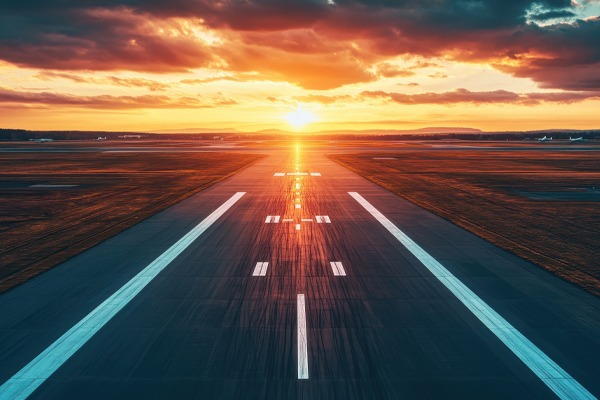
The Final Total
As you can see, many variables will impact the final amount you will pay to obtain your Private Pilot Certificate – and this is far from an exhaustive list. At the end of the day, cost to successfully complete your training and to pass your check ride can range anywhere from $6,000 to $20,000 or more.
While thinking of the financial costs of flight training may be daunting, DreamFlight Charities works hard to provide unique opportunities for Kentucky students through our Flight Training Scholarships. Each semester, select students are awarded up to $6,000 in funding for training through partnering flight schools, an amount that will get them extremely close to their solo flight. Extended scholarships and other opportunities may be available in your area through other organizations to further offset your journey – don’t hesitate to contact us as we’re happy to help you connect with additional resources to make your dreams of flight a reality!
